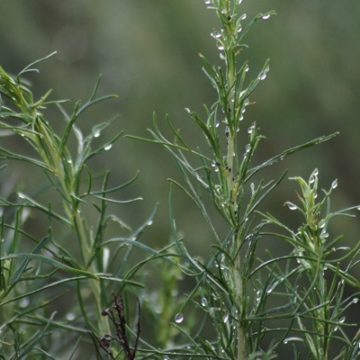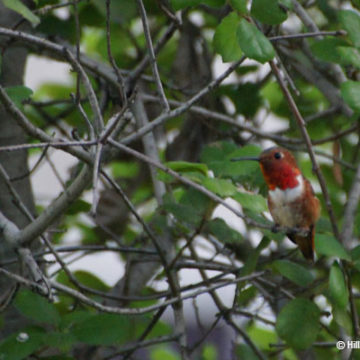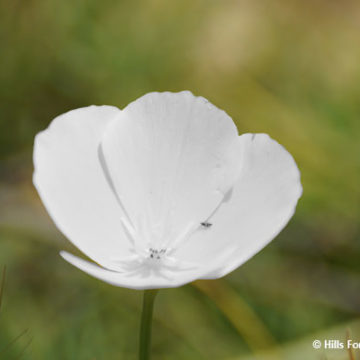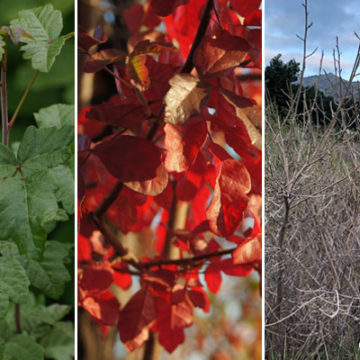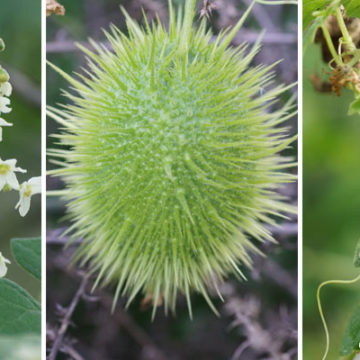May E-Newsletter
Celebrate World Migratory Bird Day With Us! Hills For Everyone’s monthly e-newsletter features articles on an upcoming Sustainability Fair, growing native plants to help birds, and explains why campfires are not allowed in the State Park. View the Hills For Everyone May E-Newsletter.
Ghost Poppy Discovered Locally
GREAT NEWS! A brand new species has been found in the Puente-Chino Hills Wildlife Corridor. It is in the same family as the California Poppy—the state flower (Eschscholzia californica)—but due to its white appearance it is called the “Ghost Poppy.” Its scientific name is Eschscholzia albinicus. Since this is such a rare find, if you do see it please be sure to photograph it, document your location, and report it on iNaturalist. It’s a day to celebrate–April Fool’s!
Poison Oak Information
The More You Know… Poison oak is found throughout the Puente-Chino Hills Wildlife Corridor–especially in oak woodlands and chaparral environments. You can identify it easily when the leaves are present because there are “leaflets of three.” Remember the saying “leaflets of three, leave it be.” That said, it is harder to identify without the leaves. The oil this plant produces can cause a severe skin rash because of the poisonous oil called urushiol. Direct contact with the plant on tools, … Read More
Wild Cucumber
Wild cucumber is a native vine that grows in coastal sage scrub and chaparral habitats. It is native to SoCal and Baja California and when in bloom has small white flowers and green fruits that look like oblong spiked balls. The plants use a twisty technique to “grab on” to other branches and limbs. If you follow the vine to the ground there is usually a sizable root ball. The fruit is bitter, so humans (and most animals) don’t eat … Read More
